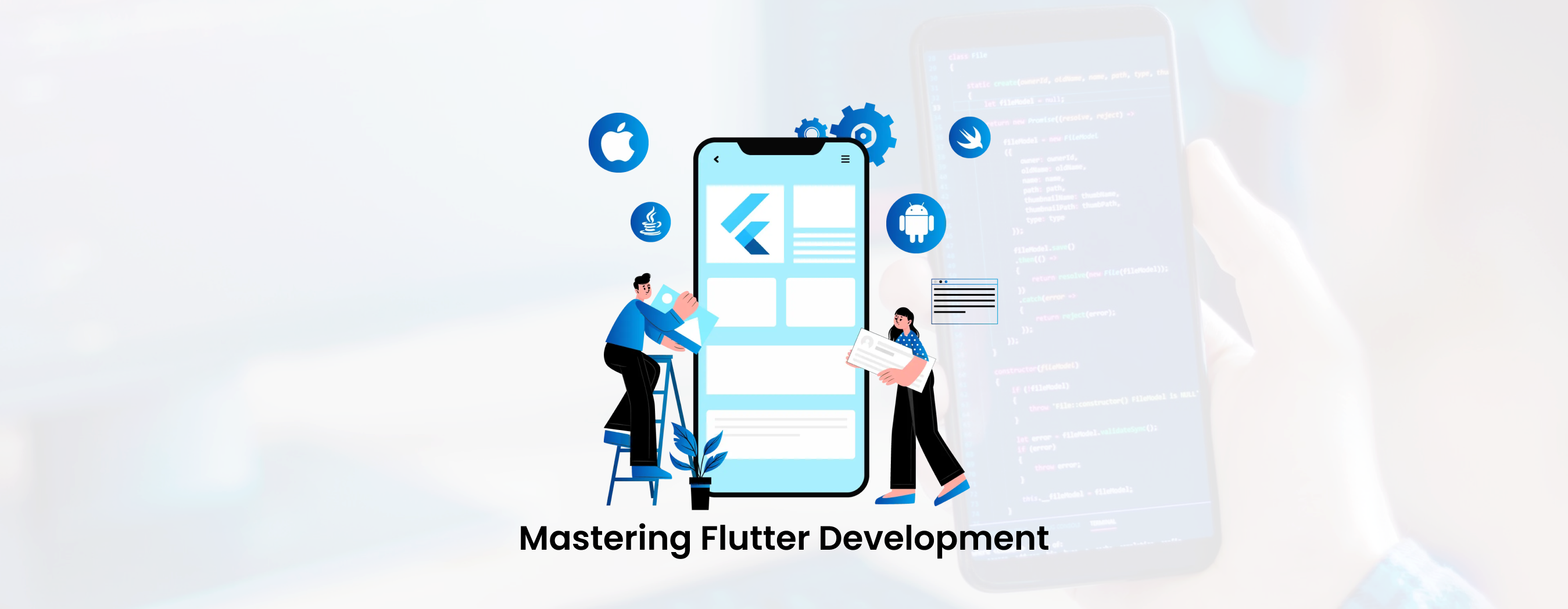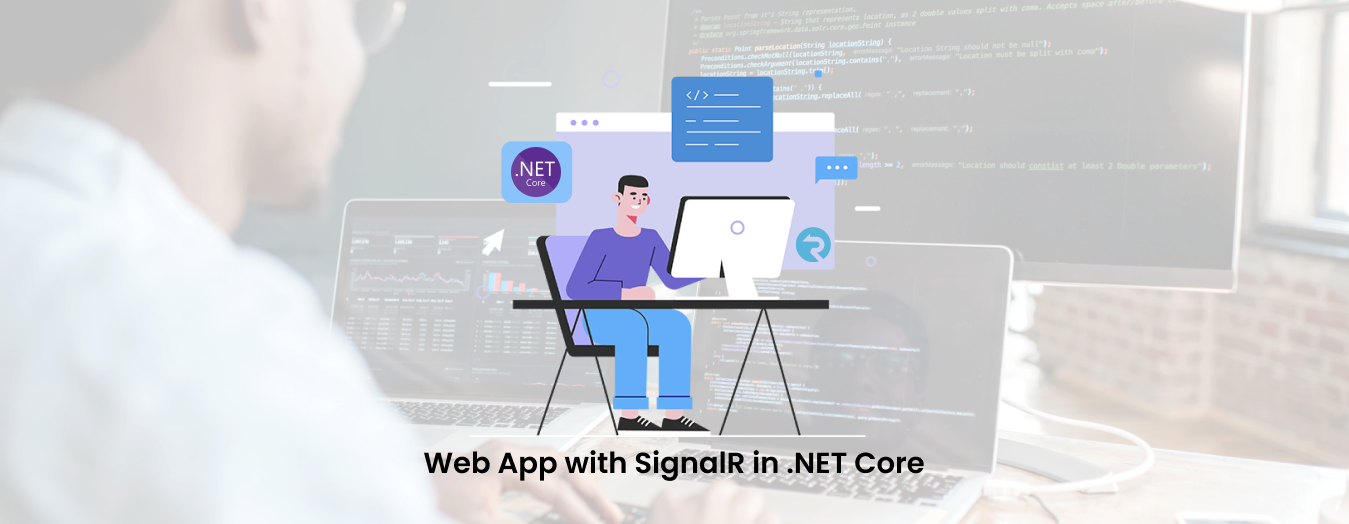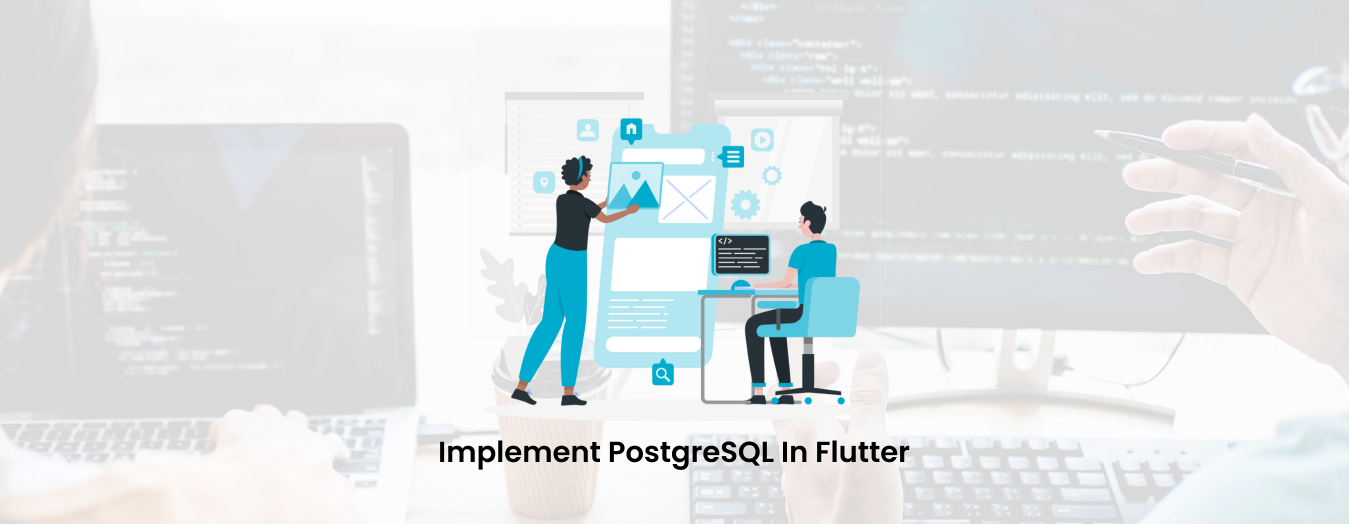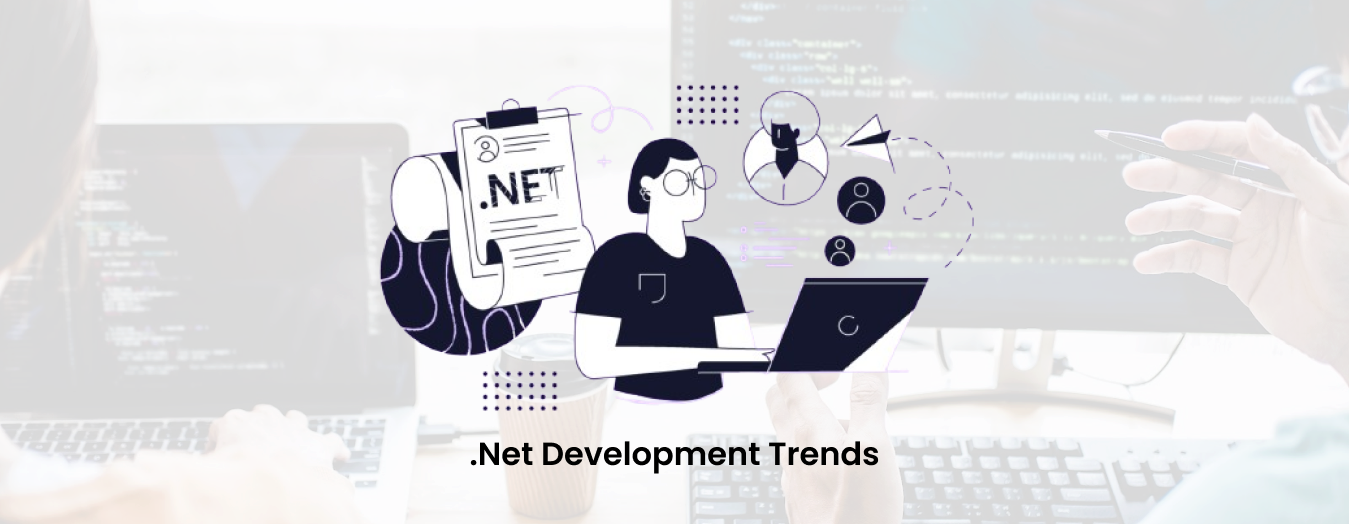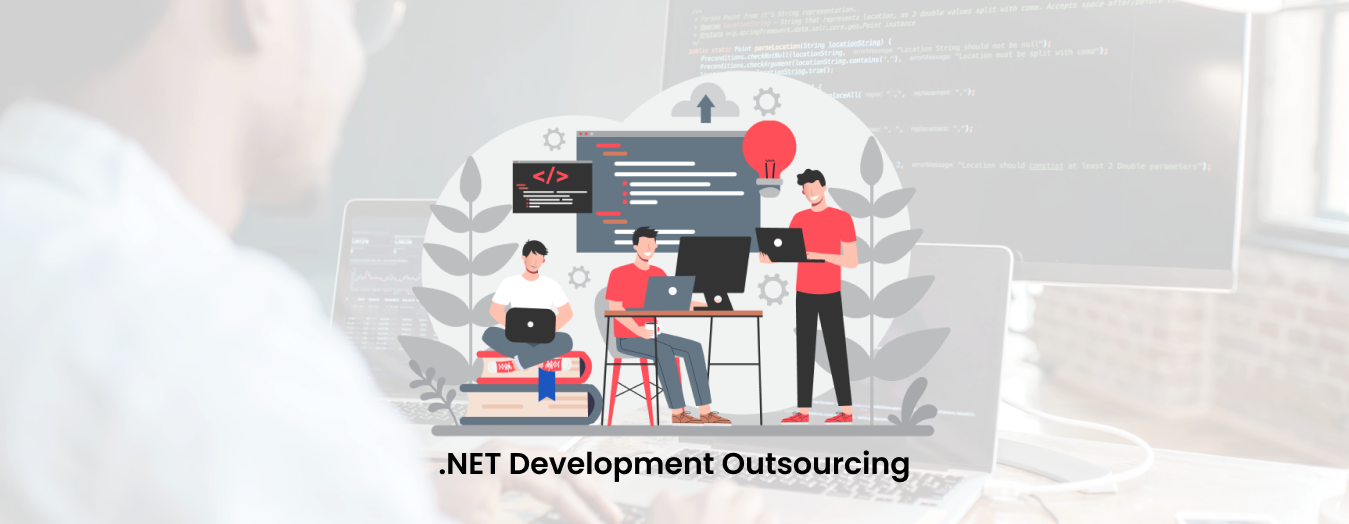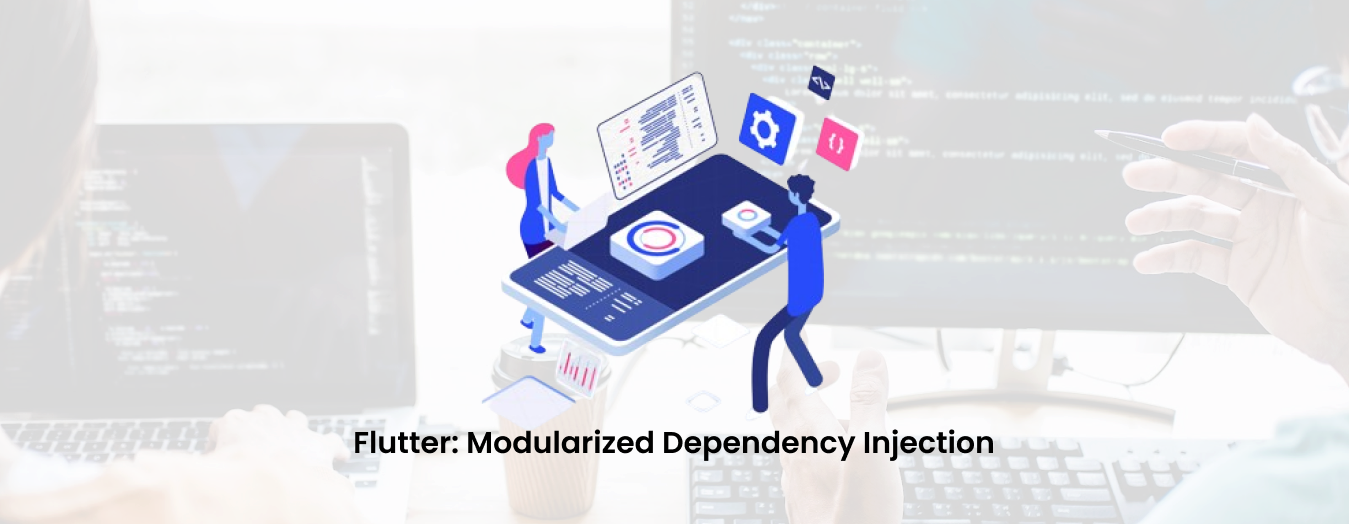.NET 5 :
The.NET MVC Framework has a great deal to offer the developer community.
The launch of.NET 5 is a clear indication that.Net’s future looks
bright. .Net 5 will be one of the best frameworks for .NET developers to
use in 2021. Blazer is preferred by developers because it allows for the
conversion of existing apps to rich-featured UI. It also offers a
migration path for Angular, Vue SPA and React frameworks. You don’t have
to worry if it’s your first time using it. You can find several videos
online. You can also get expert advice via online forums. It is used by
all sizes of businesses, but especially the larger ones.
Net 5, which includes UWP and Winforms. Its appeal is due to its
remarkable features. Net 5 is in the possession. However, this
technology is only available for desktop applications running on
Windows. Here are some of the features that set.NET 5 apart from
previous versions.
Net 5 provides the following services:
- The entity framework core (EF Core) will eventually replace EF 6
- ASP.NET Core MVC is a combination of ASP.NET and Web AP
- MSIX is a new desktop application packaging tool that replaces the
MSI package install.
- JsonDocument: The Json Document library replaces
System.Text.Json.JsonDocument.
Soaring Open-Source Platforms
The.NET framework is unique in that it allows apps to be developed in an
open-source environment. Microsoft has always been closed to such
revelations. Students can now understand that open-source technology
will grow with the popularity and use of.NET core, after many other
platforms have been released. This pattern is already in place and will
continue to accelerate with the release of many more Microsoft versions
by 2021. This is due to the industry’s tolerance of such products.
Machine learning .Net 1.4
The latest version of ML 1.4 introduces a machine learning element, which
is one of the most innovative updates to.NET application developments.
This feature allows the user to create and own an automated machine
learning model using a model builder and command-line program. .NET
developers are now able to build anything related to deep neural
networks with the command line interface and model builder. C# and F#
can be used to create machine learning models without having to move
away from.NET. This function has been added to the.NET functions.
ML.NET lets you reuse your existing.NET developer skills, knowledge, code
and libraries, allowing you to easily incorporate machine learning in
your online, mobile and desktop products, as well as gaming and IoT.
This version of.NET has helped you to gain a whole new set of customers.
This version of.NET is proactive, allowing you to analyze sentiments as
well as make image classifications using DNN (Deep Neural Network),
retraining and GPU support (GA Release), which is not possible for
regular.NET applications. The newer version will enable you to track
sales and forecasts using analysis, reports and data.
Azure Kubernetes Service
Programmers may easily create containerized web apps with Azure
Kubernetes Services, which are fully managed and highly available
Kubernetes services. Together with enterprise-grade security and
governance, the programmer may also receive understanding of continuous
delivery and serverless Kubernetes.
Kubernetes is by default a developer-friendly environment that supports
every aspect of creating, evaluating, and implementing
microservice-oriented applications. It also comes with a substantial
manual labor component. Azure cloud solutions address this problem by
providing essential features that increase their productivity and make
them easier for developers to understand. Now let’s examine the benefits
it provides for developers:
Together with the options for tool integration, this provides developers
with a rapid end-to-end application development experience. Azure offers
several great tools and frameworks, like ASP.NETDevOps, Web API, data
models, and more. It facilitates the provision of stronger identity and
rules enforcement across all clusters, as well as access management
functionality with Azure directory.
Blazer Framework in C#
It is often known that C# is a programming language used in.NET
development that facilitates the work with both server-side and
client-side scripting. The most recent release of C#, which includes
Blazer, demonstrates that you may use C# as your programming language to
work on any web assembly. You can utilize an incremental DOM method with
Blazer, and Javascript runs in the background when you use virtual DOM.
Another free, open-source framework for creating stunning online
applications is called Blazer, and it works with some of the most
well-liked programming languages, including HTML, Razor, and C#. By
utilizing Blazer, you give programmers the ability to design interactive
C# user interfaces. It’s easier for developers to share libraries and
code now that we know C# is used to create client and server programs.
It can operate without the need for any further plugins or add-ons.
This makes it much more interesting to see how future web developers will
write.
Blazer has the following characteristics:
- Routing and simpler layouts
- Validation of forms
- Blazer offers a reliable Injection as well
- JavaScript compatibility
- Rendering is done on the server-side
- No additional plug-ins are required
- Blazer works with any browser, including mobile browsers.
The Popularity of .NET Core
One of the greatest frameworks for developing online applications is.NET
Core, one of the.Net trends that is expected to last till 2020. Features
including AOT, GC, Runtime, JIT, Base Class Library, ASP.NET, C#,
ML.NET, VB.NET, F#Entity Framework, WinForms, WPF, and Xamarin are
included in this framework. The compact size of.NET Core 3.1 makes it
ideal for installation in cloud environments. It facilitates the easy
porting of desktop applications to.NET Core for developers by speeding
up the writing and reading of JSON and supporting HTTP/2. Nevertheless,
Net 5 will only be installed once.It has been announced that Net Core
3.1 will be the last version to be separated from the.Net products.
Enhancements to Security
The access code The.NET framework’s security feature offers numerous
breakthroughs in web development frameworks. Therefore, you should
always consider the software application’s security characteristics
before building it. One of the most neglected parts of web development
is security. It will change the outcomes of.NET’s advancements, and in
2022, the changes will be incorporated into future versions. Ultimately,
with enhanced code checks and structural approvals,.NET will be in one
of the safest stages of development. Additionally, the encryption will
be strengthened, removing any concern on the part of the developers and
you regarding information leaks from websites.
Cloud Service
Introducing any kind of cloud service is no longer a groundbreaking idea.
Big data has been around for a while, and its enormous storage capacity
has left the business world perplexed. However, with the cloud’s growth,
storage-related problems have completely disappeared. It is amazing how
it enables users to expand their corporate landscape in ways never
before possible and access their documents, tools, and data from
anywhere. Lastly, it offers the big data, AI, and data analysis tools
required to investigate potential futures. Leading the competition to
offer the greatest cloud storage services are numerous businesses
including Microsoft Azure, Google Cloud, and AWS.

